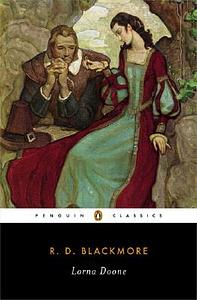Take a photo of a barcode or cover
Fun, well-written historical romance. Reminiscent of Sir Walter Scott.
While there were some parts that dragged, there are also so many passages that made me laugh out loud and even clap at the wit, not to mention the passages that I had to rewind and listen to again and again because they were so beautiful
It was...okay. The end was kind of abrupt and anti-climatic.
While I understand the author was trying to emphasize various accents, personally, I found the phonetic spelling of certain character's speech confusing and abrupt.
adventurous
dark
tense
medium-paced
Strong character development:
No
Loveable characters:
No
Diverse cast of characters:
No
Flaws of characters a main focus:
No
Thrilling chases on horseback, heart in your throat suspense, throw your head back and laugh it's so funny albeit the text can be dense and slow going, and wordy, but every time I'd start to skim it'd pull me right back to plugging along. Well worth the effort.
I know some will disagree, but I love John Ridd's digressions.
John Ridd’s life as he narrates his story is as large as he is. The Hercules of Exmoor, as his author describes his strength, is as gigantic as the near seven-foot yeoman himself. He has been the sole male support of his family since he was schoolboy when his father’s death at the hands of the Doones, the aristocratic outlaws of his region of southwest England, placed him in this position. A champion wrestler at county fairs, he must, as an adult, tackle the wiles of the lawyers and court of King James II, as well as the outlaws of Bagworthy Forest, and the labors of the harvest and fields. Ironically, his only true love, Lorna Doone, is a member of the clan of his enemies.
Blackmore’s romance, a he terms his most popular book, is more than a seventeenth century Romeo and Juliet. In addition to John’s striving for a match above his station in life, there are Blackmore’s expert characterizations of John, his family, friends and rivals. The countryside and its seasons are described so vividly and actively that it’s more an active character than background or setting. There are also episodes of court intrigue, religious contention between Catholics and Protestants, several pitched assaults and battles, secret business deals, open rebellion, multiple near escapes, and even hints of supernatural doings. It’s a bit of something for every reader formula that still works for best sellers today as it did in 1869 when Lorna Doone was first published.
Blackmore’s romance, a he terms his most popular book, is more than a seventeenth century Romeo and Juliet. In addition to John’s striving for a match above his station in life, there are Blackmore’s expert characterizations of John, his family, friends and rivals. The countryside and its seasons are described so vividly and actively that it’s more an active character than background or setting. There are also episodes of court intrigue, religious contention between Catholics and Protestants, several pitched assaults and battles, secret business deals, open rebellion, multiple near escapes, and even hints of supernatural doings. It’s a bit of something for every reader formula that still works for best sellers today as it did in 1869 when Lorna Doone was first published.


